
Last Wednesday we attended a death café in East Dulwich. This was organised as part of Dying Matters Awareness Week. For those who don’t know, a death café is exactly what it sounds like – people come together over coffee and cake to discuss death.
The death café was hosted by Hester Brown and Trevor Moore, who are funeral celebrants from the British Humanist Association by day, and attended by six of us from diverse backgrounds who all had our own unique motivations for coming along.
As per death café guidelines there was no strict agenda, just people opening up about their past experiences and losses as well as their fears and anxieties with regards to their own mortality. Topics discussed included ‘the perfect death’ and whether any death can ever be considered ‘perfect’ (you wouldn’t believe how many different responses there were), how best to mourn and remember lost loved ones and the notion of immortality – how one can live on in the emotions of others as well as in their work and deeds. If this all sounds a bit academic, it wasn’t. The death café felt equal parts discursive and emotional.
Among us were people learning to come to terms with their own mortality, those working through bereavement and everything in between. Hearing people’s deeply moving and personal stories felt like a privilege, and we’ve certainly come away from the experience with a whole host of new perspectives on death and mortality.
If that sounds like something that you might be interested in, check the death café website to find an edition that’s local to you.
After the death café had concluded, we spoke with Hester and Trevor.
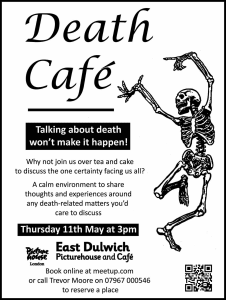
How did the two of you go about starting a death café?
Death cafés are a worldwide movement that began in Switzerland. In order to call this a death café, we had to sign up to the protocol, which is no agendas, no corporate promotion – things like that which you can find in full on the official website.
We are both humanist celebrants and have been to a few death cafés between us in the past. It’s Dying Matters Awareness Week, and we saw an opportunity to host our own. Trevor found the venue, East Dulwich Picturehouse, who have been very amenable. We then designed a simple poster and did a small amount of publicity to get the word out.
It was surprisingly easy, considering it was our first one…
You guys came across like seasoned death café hosts! Where does the humanist connection with death come from?
Well humanism is a way of life; it’s a philosophy, or a broad approach to living. Death is part of life, and so humanism does touch on death and end of life. We’re both funeral celebrants, talking to people about death every day, so we have some experience in the topic.
Humanism is about discussion, about facing up to real life and contains a desire to do good. How can I make the most of my finite life and help others to do the same? In that sense death cafés are very compatible with humanism.
I thought the atmosphere today was really congenial. There were people with very different beliefs and perspectives, for example with regards to life after death, but there were no disagreements and nobody seemed to take umbrage to anything that was said. It felt like a safe space.
We both believe that death cafés are a fundamentally good thing – it’s very healthy for people to accept their mortality and to talk about death in a non-judgmental environment, where there are no right or wrong answers. Everyone will have their own life experiences and their own perspectives on the topic, and the point of a death café is partly for people to learn from one another’s perspectives.
Anecdotally the atmosphere in a death café is chatty, open and friendly. People come to them because they want to be able to talk about death. We felt a sense of gratitude to people who did open up today, not just because we were hosting, but on a personal, human level.
It does feel like there is a growing, glacial move towards a greater openness, frankness and positivity towards death. People appear to be confronting the taboo of death, and we’re slowly becoming less Victorian in how we approach funerals.
We would agree with that. Death remains a sensitive topic, and one which some people don’t want to discuss at all. But as a society we do appear to be slowly shaking off long-entrenched taboos. From professional experience many people are thinking ahead, and talking to their loved ones about the kind of death and funeral they’d like. It may feel counter-intuitive, but the people left behind say it has helped if their loved one has talked to them. There are a number of great charitable organisations that are helping the bereaved and this is all very positive. And there is a move towards greater diversity in funerals, towards celebrating lives in truly personal ways. There was an article the other day about ‘modern day’ funerals, where people are dressing up as superheroes, which is certainly a departure from the archetypal funeral.
And death cafés are a part of that?
Yes. There are quite a few happening around the country now since Jon Underwood organised the first one in the UK, at his home in Hackney. This is the kind of thing that is helping us to open up more as a society.
Thanks for your time, and for hosting this death café. Are there any plans for another one?
The East Dulwich Picturehouse have been a good venue for us. They were surprisingly open to the concept and we’d like to do more, perhaps on a quarterly basis. We’ll try to stagger the starting times so that people can get here after work, one in the afternoon and one a little later in the evening. Keep an eye on the death café website to see when the next one is.

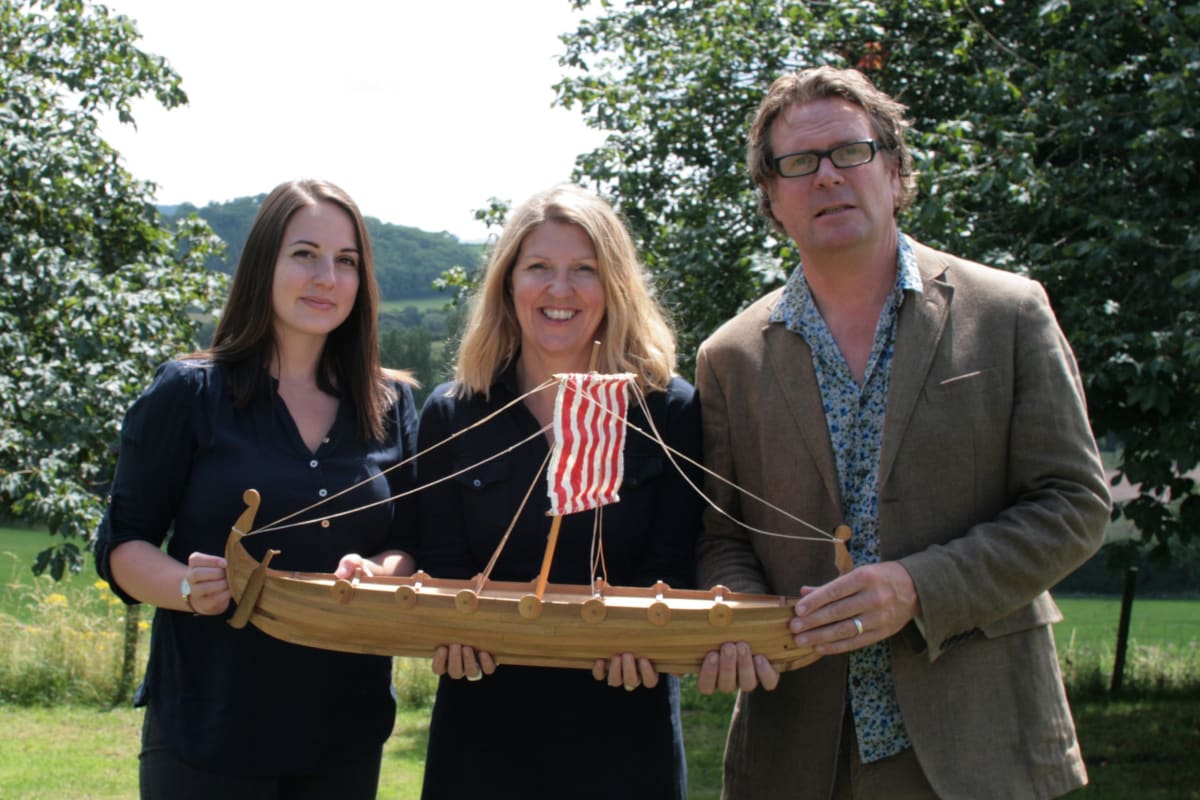

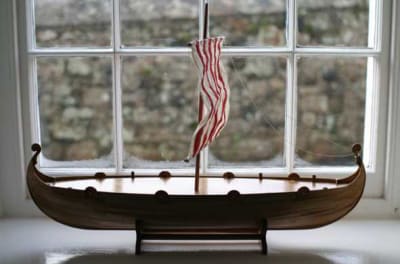
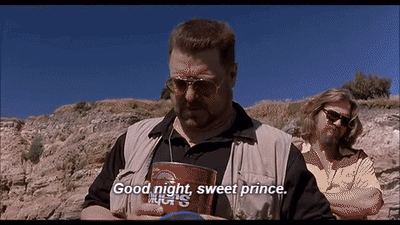
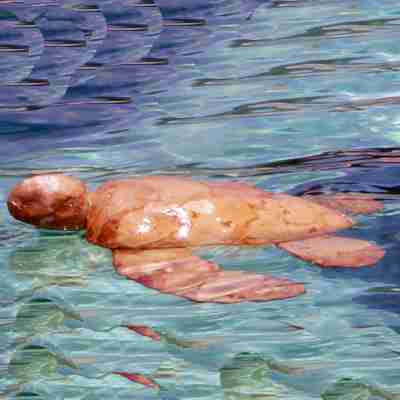
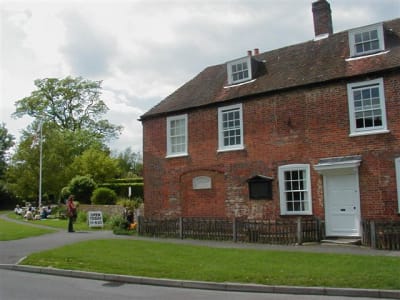

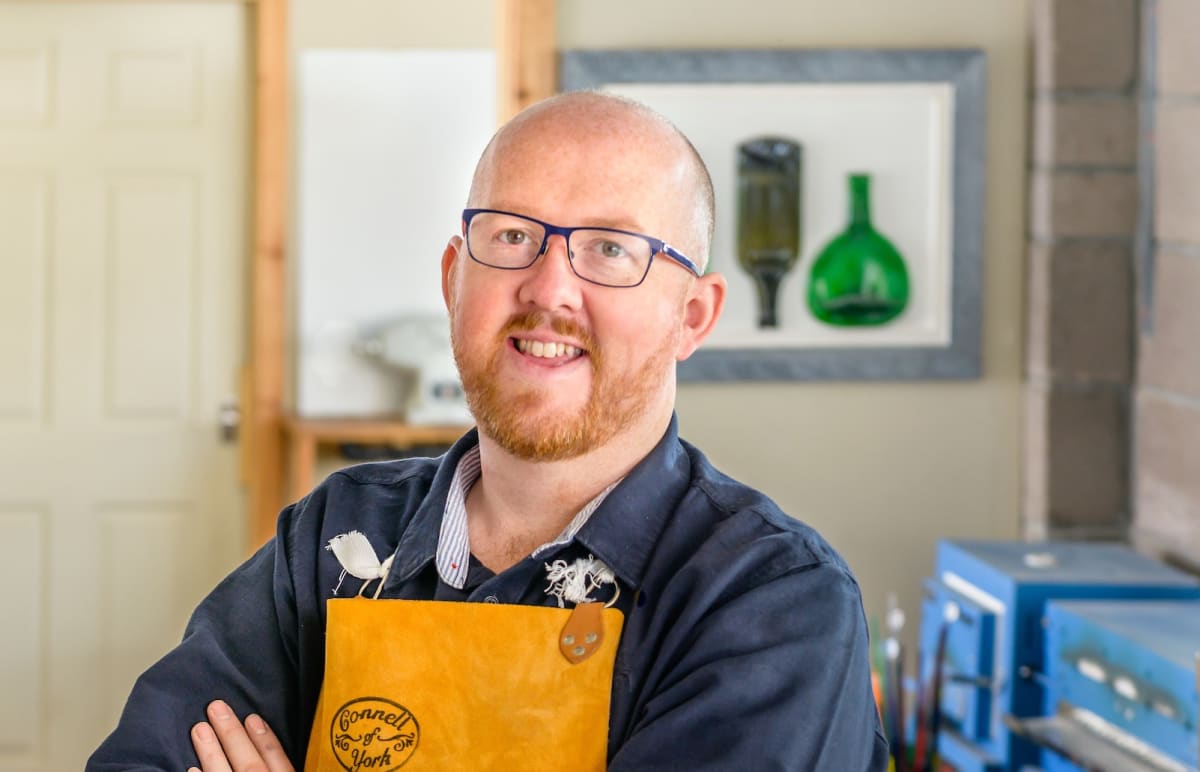

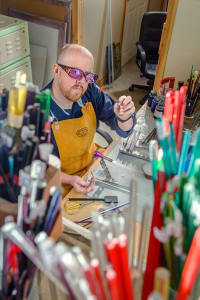
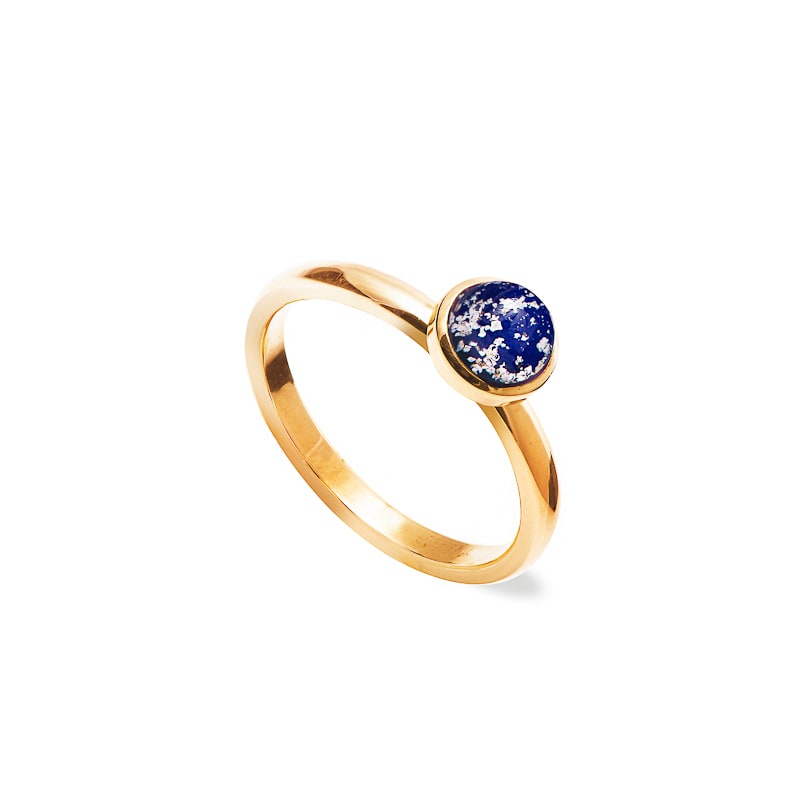
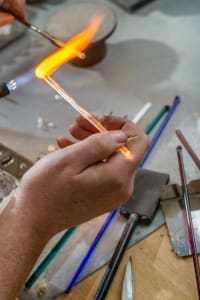
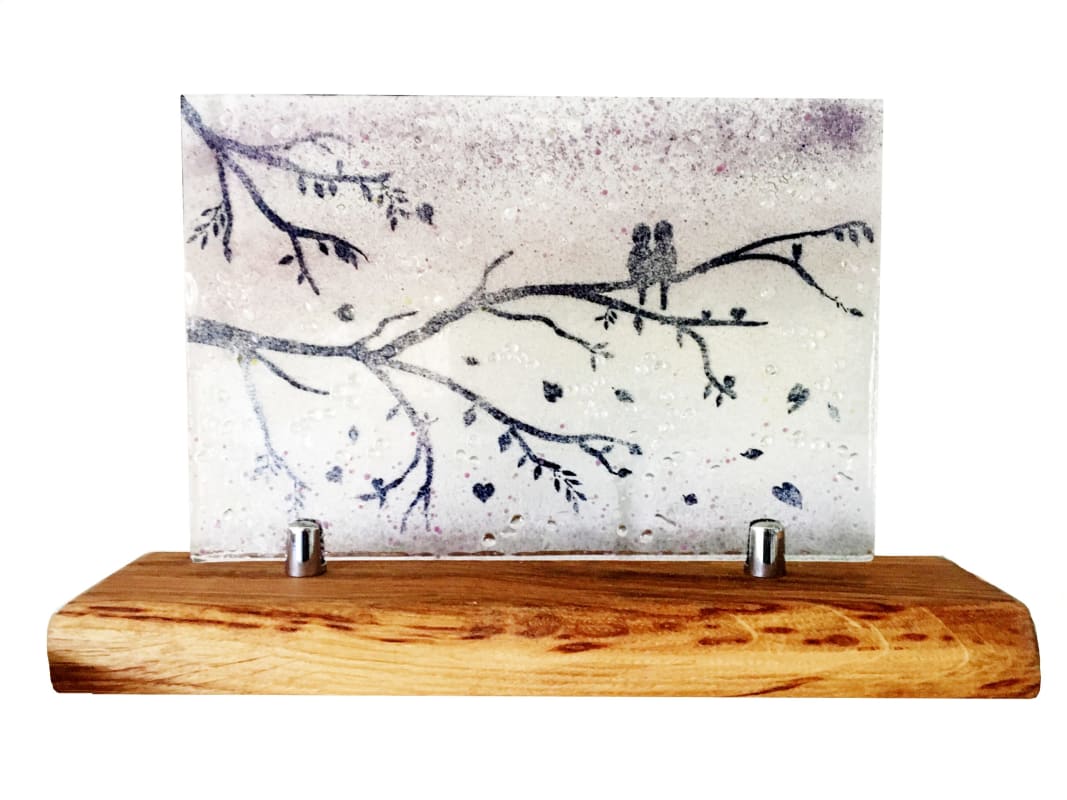
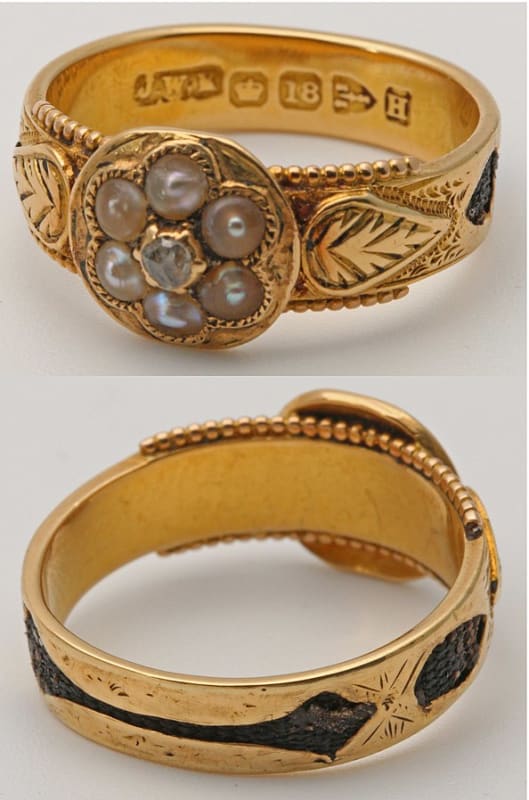
Pretty! This was an extremely wonderful article. Many thanks for supplying this info.